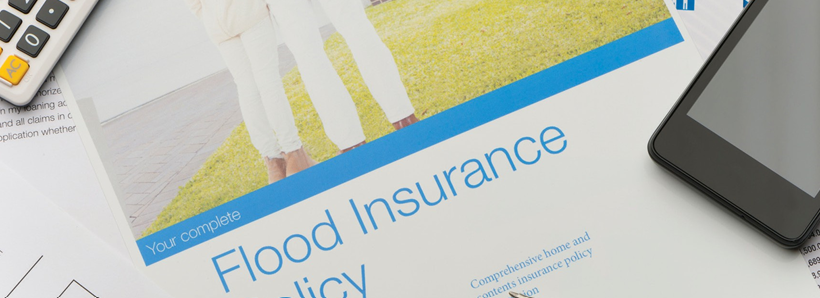SECTIONS
- Evaluating Your Property & Property Flood Proofing: Drainage Improvements
- Preparing Your Property for Debris Flows
- Flood-Proofing Structures
- Flood Protection and Erosion Control in Newly Developed Areas
- Erosion Control in Burned Area
- General Preparation
- Home Owner’s Guide Flood Insurance
- When a Flood Comes
- After a Flood: Recovery Tips
- Information Sources
- Important Contacts
- Evaluating Your Property & Property Flood Proofing: Drainage Improvements
- Preparing Your Property for Debris Flows
- Flood-Proofing Structures
- Flood Protection and Erosion Control in Newly Developed Areas
- Erosion Control in Burned Area
- General Preparation
- Home Owner’s Guide Flood Insurance
- When a Flood Comes
- After a Flood: Recovery Tips
- Information Sources
- Important Contacts
Standard homeowner’s policies do not cover flood loss. You should evaluate the need for flood insurance in your situation, depending on where your property is located. Contact your property/casualty agent or broker about flood insurance, which is offered though the National Flood Insurance Program. Generally, there is a 30- day waiting period for this policy to become effective, so don’t wait until the last minute to apply.
Until the late 1960’s, flood insurance was practically unavailable to home and business owners. Since private insurance firms were unwilling to assume the financial risk alone, Congress voted in 1968 to create the National Flood Insurance Program (NFIP). This federal program provided flood insurance at reasonable cost in exchange for management of flood prone areas by local communities.
Today, you can insure almost any enclosed building and its contents against flood loss, as long as your community is participating in the NFIP. All areas within the county participate in NFIP.
To facilitate submitting claims after a flood, make an itemized list of personal property, including furnishings, clothing, and valuables. Photographs of your home – inside and out – are helpful. This will assist an adjuster in settling claims and will help prove uninsured losses, which are tax deductible.
Remember to keep your insurance policies and a list of personal property in a safe place, such as a safety-deposit box. Know the name and location of the agent(s) who issued these policies.


